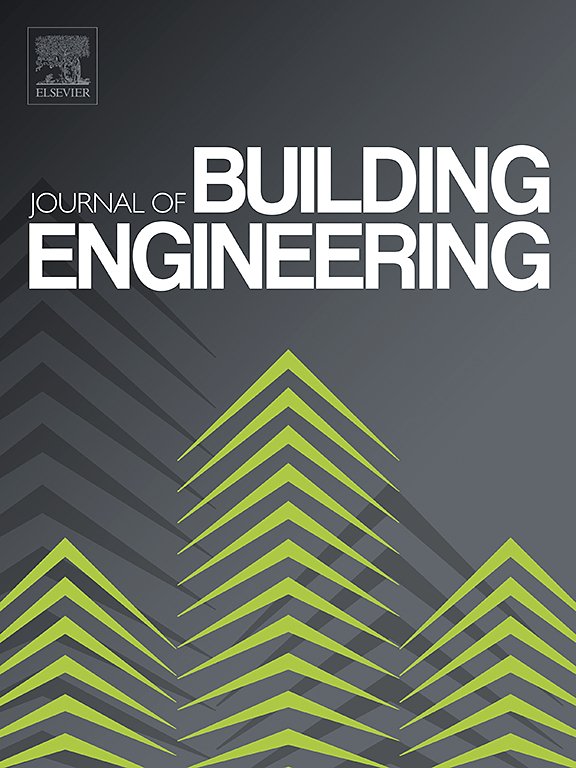基于多目标优化模型的粒子群算法:钢纤维加固混凝土的智能混合设计
IF 6.7
2区 工程技术
Q1 CONSTRUCTION & BUILDING TECHNOLOGY
引用次数: 0
摘要
钢纤维增强混凝土(SFRC)被广泛应用于建筑领域,对混凝土应用非常重要。然而,与传统混凝土相比,由于影响 SFRC 性能的因素很多,因此很难高效、准确地设计出具有给定混合比的 SFRC。本研究利用数值模拟和人工智能提出了一个多目标优化模型,以有效地得出最佳 SFRC 混合比例。为了快速准确地确定 SFRC 混合比与抗压强度之间的关系,采用拉丁超立方采样法对决定混合比的随机变量进行采样,得到一组随机数。随后,构建了有限元模拟数据集,并使用反向传播神经网络(BPNN)预测原材料混合比例与单轴抗压强度(UCS)之间复杂的非线性关系。然后,将 BPNN 模型作为多目标粒子群优化模型的目标函数,以混合比例参数为输入变量,以抗压强度、单位生产成本和二氧化碳排放量为目标函数,促进了最佳混合比例的搜索,产生了帕累托最优解集。最后,根据工程偏好,确定最佳解决方案为推荐的混合比例。本文章由计算机程序翻译,如有差异,请以英文原文为准。
Intelligent mix design of steel fiber reinforced concrete using a particle swarm algorithm based on a multi-objective optimization model
Steel fiber reinforced concrete (SFRC) is widely used in construction and is important for concrete-based applications. Nevertheless, compared with conventional concrete, it is difficult to efficiently and accurately design SFRC with a given mix ratio, because many factors affect the SFRC performance. This study proposes a multi-objective optimization model using numerical simulations and artificial intelligence to effectively derive the optimal SFRC mix proportion. For a quick and accurate relationship between the SFRC mix ratio and compressive strength, Latin hypercube sampling was used for sampling the random variables determining the mix ratio, yielding a set of random numbers. Subsequently, a finite-element simulation dataset was constructed, and a backpropagation neural network (BPNN) was used for predicting the complex nonlinear relationship between the raw material mix proportions and uniaxial compressive strength (UCS). The BPNN model was then utilized as the objective function in the multi-objective particle swarm optimization model, with the mix ratio parameters as the input variables and the compressive strength, unit production cost, and carbon dioxide emission as objective functions, which facilitated the search for the optimal mix proportion, yielding a Pareto-optimal solution set. Finally, based on the engineering preferences, the best solution was determined to be the recommended mix proportion.
求助全文
通过发布文献求助,成功后即可免费获取论文全文。
去求助
来源期刊

Journal of building engineering
Engineering-Civil and Structural Engineering
CiteScore
10.00
自引率
12.50%
发文量
1901
审稿时长
35 days
期刊介绍:
The Journal of Building Engineering is an interdisciplinary journal that covers all aspects of science and technology concerned with the whole life cycle of the built environment; from the design phase through to construction, operation, performance, maintenance and its deterioration.
 求助内容:
求助内容: 应助结果提醒方式:
应助结果提醒方式:


